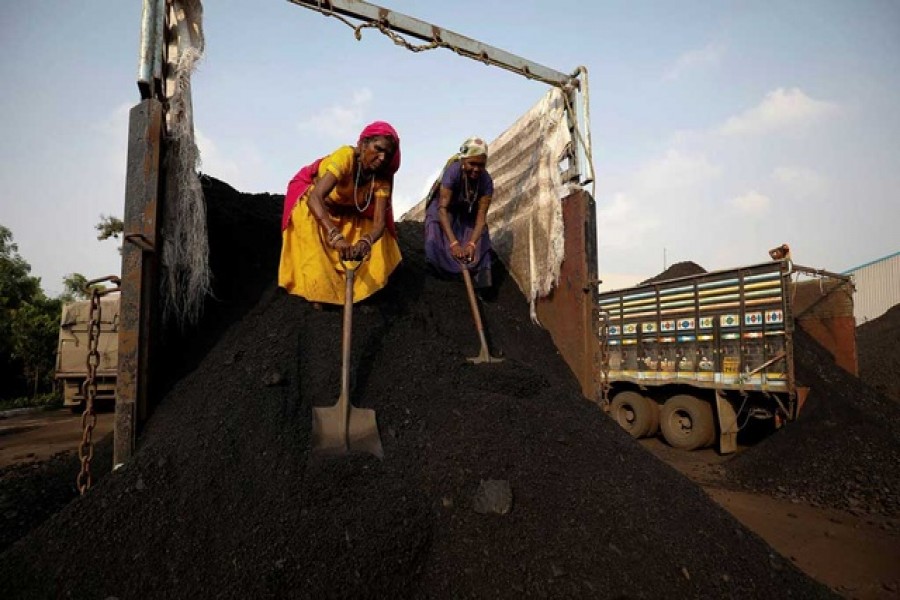Coal India Ltd, the world's largest coal miner, plans to directly export output to neighbouring countries, according to sources and documents seen by Reuters, after decades of exclusively supplying domestic consumers, Reuters reports.
The state-run company plans to export to Bangladesh, Nepal and Bhutan, according to a draft policy sent to the secretary of India's coal ministry and reviewed by Reuters, as a part of India's "neighbourhood first" policy, which seeks to counter China's growing economic influence in South Asia.
The proposal was presented at an internal board meeting on corporate strategy in October 2020 and was confirmed by Coal India's chairman to Reuters this week, although a critical coal shortage in India now means the first such shipments would be unlikely until the end of this year.
"We would have ideally wanted to start exporting this financial year (ending March 2022), if not for the energy crisis," Coal India Chairman Pramod Agrawal told Reuters, noting the current priority was to address domestic demand.
Under the proposal "3% of Coal India's annual production will be earmarked separately for exports" with the main focus on encouraging bulk trade for the long-term.
The export push is seen as a longer-term pivot that would help Coal India diversify its revenue streams and boost New Delhi's push to firm up ties with strategically important neighbours.
However, the proposal has more recently been overshadowed by India's own coal shortage at home, which means the first shipments would be unlikely until the end of 2022, according to Agrawal.
India - which relies on coal for nearly three quarters of its electricity supply - is yet to fully recover from the crunch that forced power cuts, which lasted up to 14 hours a day in some northern states.
Compounding those woes, international coal prices have soared due to a surprise temporary export ban by top exporter Indonesia and large purchases from European buyers concerned that any invasion of Ukraine by Russia could sever gas flows to Europe.
Though domestic coal supplies have improved, inventories at nearly half the fully operational utilities in India are under 25% of federally mandated levels.
"I don't expect the energy crisis in India to be fully resolved until at least October," Agrawal said.
Coal India, which produces 80% of India's coal, aims to ramp up output to 1 billion tonnes by 2024.
India is the second largest producer, consumer and importer of coal.
Coal India has previously exported small quantities to neighbouring countries on an ad-hoc basis, but never in commercial bulk.
Last year, Coal India also allowed domestic customers to export coal bought from the miner through e-auctions for the first time.
OVERHAUL
At Coal India's October 2020 board meeting, it was suggested that the miner should overhaul its marketing department and sell coal at lower-than-current prices to make its output attractive for foreign buyers.
In the draft proposal sent to the coal secretary, Coal India suggested offering coal to its neighbouring countries at prices it offers to non-power sector consumers in India.
India's coal ministry did not immediately respond to request for comment.
The policy recommended the miner export 15-20 million tonnes by 2024-25.
While coal offered by Coal India to non-power sector users is typically priced higher than it is for domestic utilities, it is still much cheaper than that currently offered out of major exporters such as Indonesia and South Africa.
Indian coal, however, is generally considered to be of lower quality.
The company held discussions with government officials and industry officials from Bangladesh, Nepal and Bhutan, according to the documents, estimating combined annual demand for Bhutan, Nepal and Bangladesh be up to 17 million tonnes annually.


